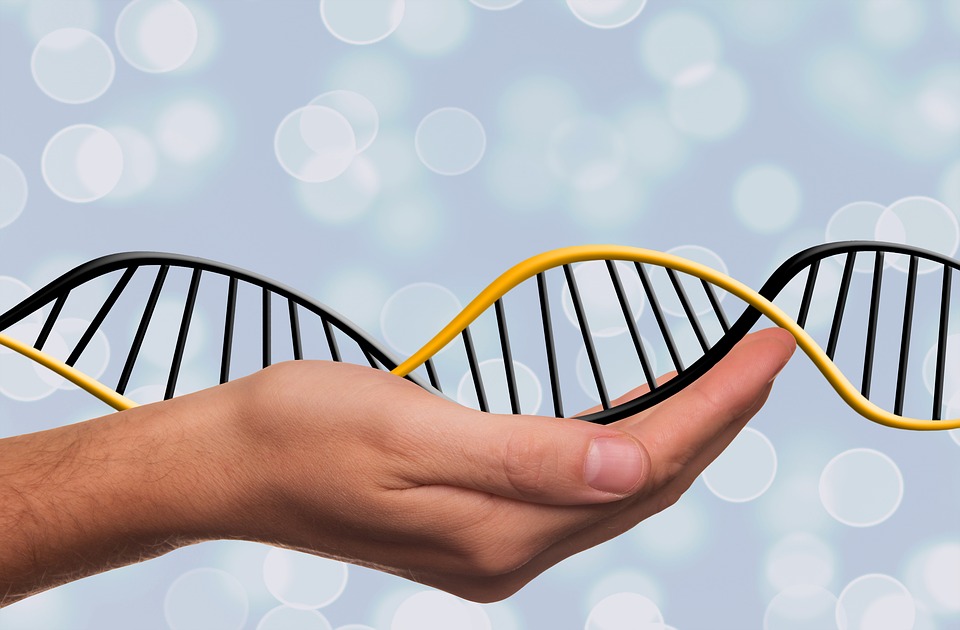 The prestigious scientific journal Cell Reports has published the results of an EIO research delineating, for the first time, the molecular landscape of ovary cancer, meaning all the proteins involved in the disease and their functioning, paving the way to effective therapies even for very difficult cases.
The prestigious scientific journal Cell Reports has published the results of an EIO research delineating, for the first time, the molecular landscape of ovary cancer, meaning all the proteins involved in the disease and their functioning, paving the way to effective therapies even for very difficult cases.
“Our understanding of molecular causes of cancer is still inadequate, due to cancer heterogeneity –explains Ugo Cavallaro, director of the Gynecological Oncology Research Unit of EIO and last author of the paper together with Jasper Olsen of the University of Copenhagen-. Our study reveals for the first time the complete molecular landscape of ovarian carcinoma. Basically, we obtained a complete picture of the proteins whose abundance or activation level are specifically increased or decreased in cancer cells, compared to their healthy counterparts. Technically, we unraveled the proteome and phosphoproteome. Thus, we discovered oncogene function of CDK7 protein, an enzyme that has never been associated to ovarian carcinoma before and which, starting from today, becomes a novel putative molecular target for the treatment of this tumor”.
Compared to previous studies, researchers adopted an innovative approach: firstly, the use of primary cells, meaning directly isolated from freshly extracted tissue, a procedure avoiding problems linked to the use of cell lines, which do not always mirror patient’s tumor features; secondly, the comparison between healthy and malignant tissue. “Thanks to the crucial contribution of the patients, through their consensus to tissue donation for research scopes, and to the methods that we established these years, we obtained a biobank of primary healthy and tumor cells –continues Dr Cavallaro -. Thanks to the collaboration with prof Olsen’s group, these cells have been thus analyzed through innovative techniques based on mass spectrometry, which collectively are called ‘functional proteomics’. The result is the proteomic and phosphoproteomic profile of tumor cells”.
“Further bioinformatics analyses on the profiles obtained –explains Chiara Francavilla, scientist of the Center for Protein Research of Copenhagen and first author of the study –revealed the biochemical networks, known as ‘signal transduction pathways’, selectively activated in cancer cells but not in normal cells. The study focused particularly on the network controlled by CDK7 protein and demonstrating its role in modulating proliferation of tumor cells and, especially, the block of cell proliferation upon inhibition of CDK7 enzymatic activity”.
“The process to verify the clinical utility of these results is still incomplete –concludes Dr Cavallaro- and requires tests in pre-clinical models, aimed also at verifying eventual toxicity of anti CDK7 therapies that will be likely inserted into the current standard treatment for ovary cancer. In parallel, another important aspect of this study is worth to be highlighted: in addition to CDK7, the functional proteomics approach provided a long list of potential targets, which are now available for the scientific community interested in designing innovative therapeutic strategies. In the context of a tumor type remaining one of the most difficult to treat with conventional treatments, this surely represents a significant step ahead”.